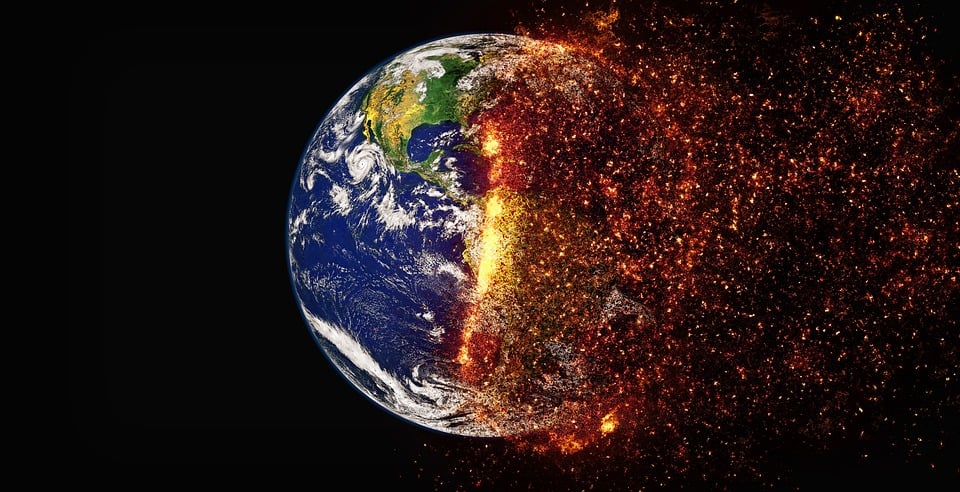For years, scientists have been warning us about the consequences of global warming. The Intergovernmental Panel on Climate Change (IPCC) has set a goal of limiting global warming to 1.5 degrees Celsius above pre-industrial levels, but the question remains: what happens if we exceed this threshold?
The 1.5 degree Celsius limit is not arbitrary. It was set based on scientific evidence that shows that exceeding this limit could have disastrous consequences for the planet. In fact, even if we manage to limit global warming to 1.5 degrees Celsius, we will still see significant changes in the environment. But if we exceed this threshold, the changes could be catastrophic.
So what are some of the consequences of exceeding the 1.5 degree Celsius global warming threshold?
First and foremost, we can expect more extreme weather events. Heat waves, droughts, and heavy rainfall events will become more frequent and intense. This will have a significant impact on agriculture, water resources, and infrastructure. In addition, extreme weather events can cause widespread property damage, displacement of people, and loss of life.
Another consequence of exceeding the 1.5 degree Celsius threshold is rising sea levels. As temperatures rise, glaciers and ice caps melt, causing the sea level to rise. This will have a devastating impact on coastal communities, which are home to a large percentage of the global population. Flooding, erosion, and saltwater intrusion into freshwater supplies are just some of the problems that people living in these areas will face.
Global warming will also have an impact on biodiversity. As temperatures rise, many species will struggle to adapt. Some will go extinct, while others will migrate to cooler regions. This can disrupt entire ecosystems, which can have a cascading effect on other species and the environment as a whole. This can also impact human health, as changes in ecosystems can lead to the spread of disease.
In addition to these environmental consequences, there are also economic and social consequences to exceeding the 1.5 degree Celsius threshold. The costs of mitigating and adapting to climate change will increase exponentially as temperatures rise. This can lead to social and economic instability, particularly in regions that are already vulnerable.
So, what can we do to prevent exceeding the 1.5 degree Celsius threshold? The answer is simple, but not easy. We need to drastically reduce our greenhouse gas emissions. This means transitioning away from fossil fuels and towards renewable energy sources. We also need to adopt sustainable agricultural practices, reduce waste, and promote the conservation of natural resources.
We have already seen the devastating impact of global warming in many parts of the world. From wildfires in California to flooding in Bangladesh, the consequences are real and cannot be ignored. The 1.5 degree Celsius threshold is not a target we can afford to miss. If we want to preserve a habitable planet for future generations, we must take action now to prevent exceeding this threshold.

